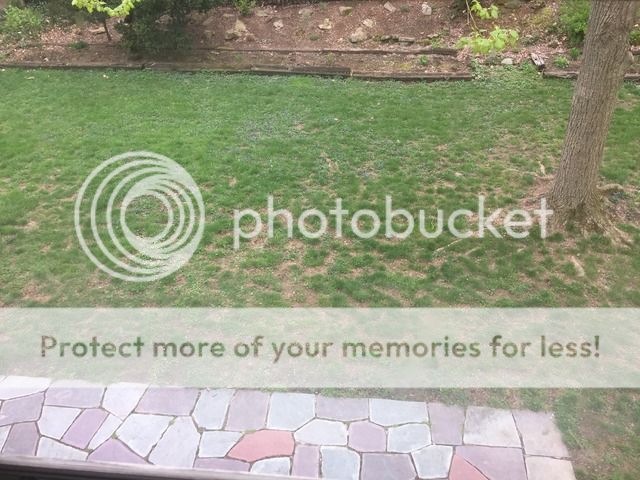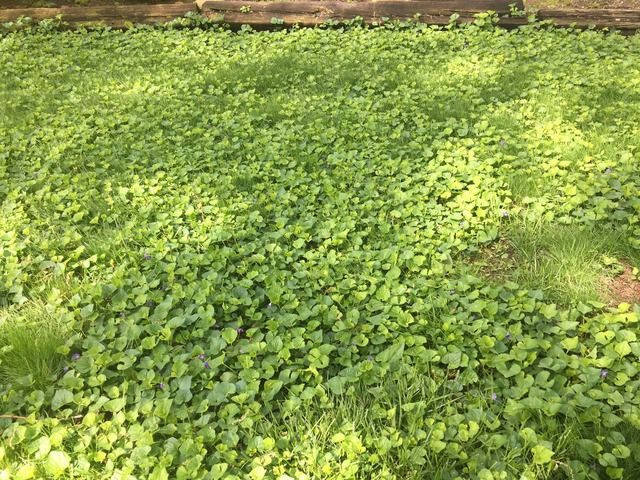












 2
2




Permaculture People - Good; Evil People - Bad; Evil Permaculture People - Trolls.








Permaculture People - Good; Evil People - Bad; Evil Permaculture People - Trolls.
 1
1
















Permaculture People - Good; Evil People - Bad; Evil Permaculture People - Trolls.








Permaculture People - Good; Evil People - Bad; Evil Permaculture People - Trolls.








































Nick Watkins wrote:A yard of dark topsoil blended with compost shouldn't cost more than $19 - 25 per cubic yard unless someone's looking for a chump to make a payday.

















Castaway Compost - Yer Trash be Treasure! castawaycompost.com




In my free opinion, add organic material (wood chips, leaves, lawn clippings, compost, etc.) and spray/pour tea often (worm compost, manure, weed, etc.).
I would also fling (not pile) coffee grounds like it was my job. Hint - Do this at night unless you are already considered the neighborhood nut.
They are small particle, organic, with good nitrogen and phosphorus content.
and spray/pour tea often (worm compost, manure, weed, etc.).









Castaway Compost - Yer Trash be Treasure! castawaycompost.com








Castaway Compost - Yer Trash be Treasure! castawaycompost.com
























Don't let perfect be the enemy of good.





|
Any sufficiently advanced technology will be used as a cat toy. And this tiny ad contains a very small cat:
Freaky Cheap Heat - 2 hour movie - HD streaming
https://permies.com/wiki/238453/Freaky-Cheap-Heat-hour-movie
|






